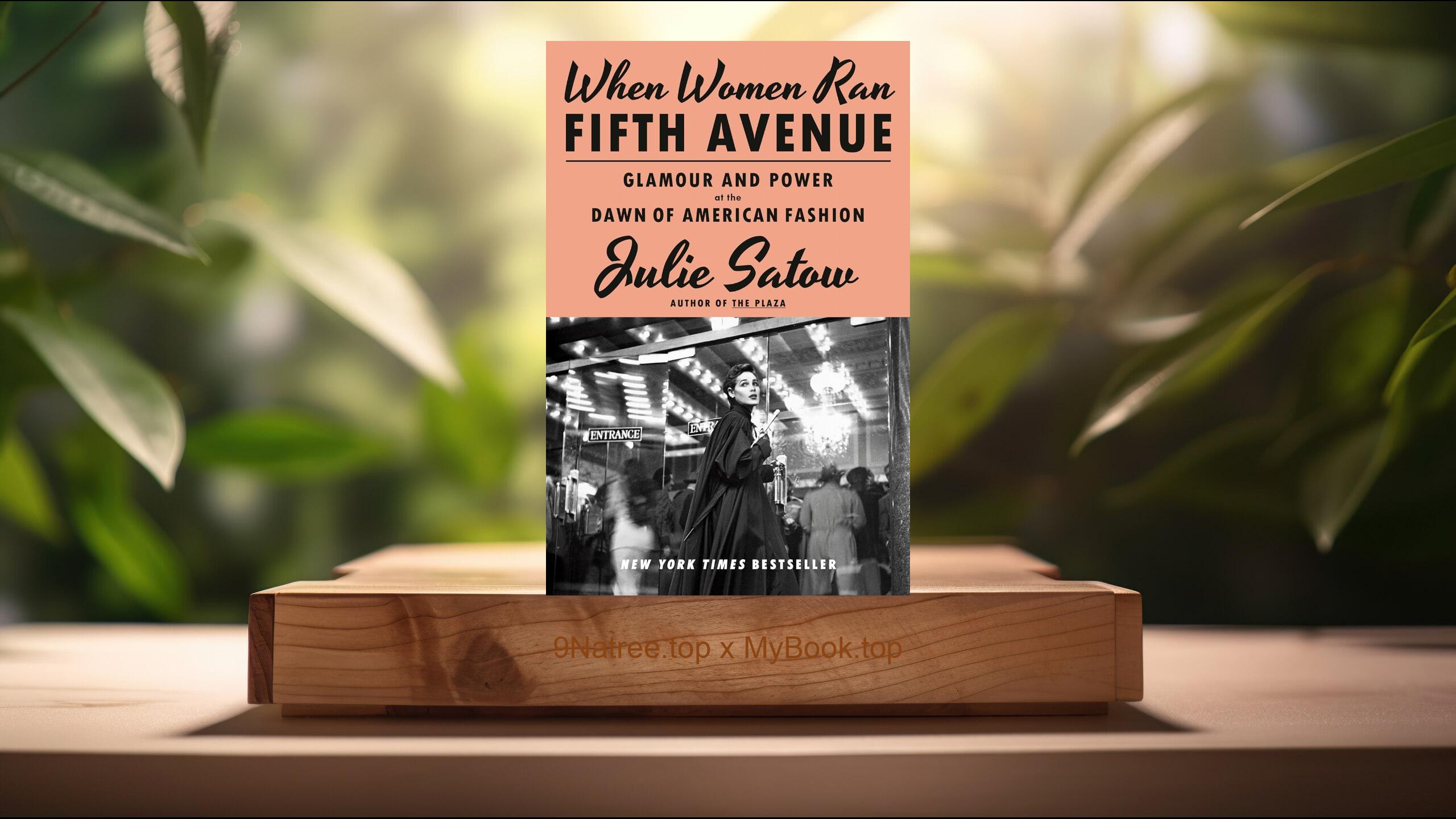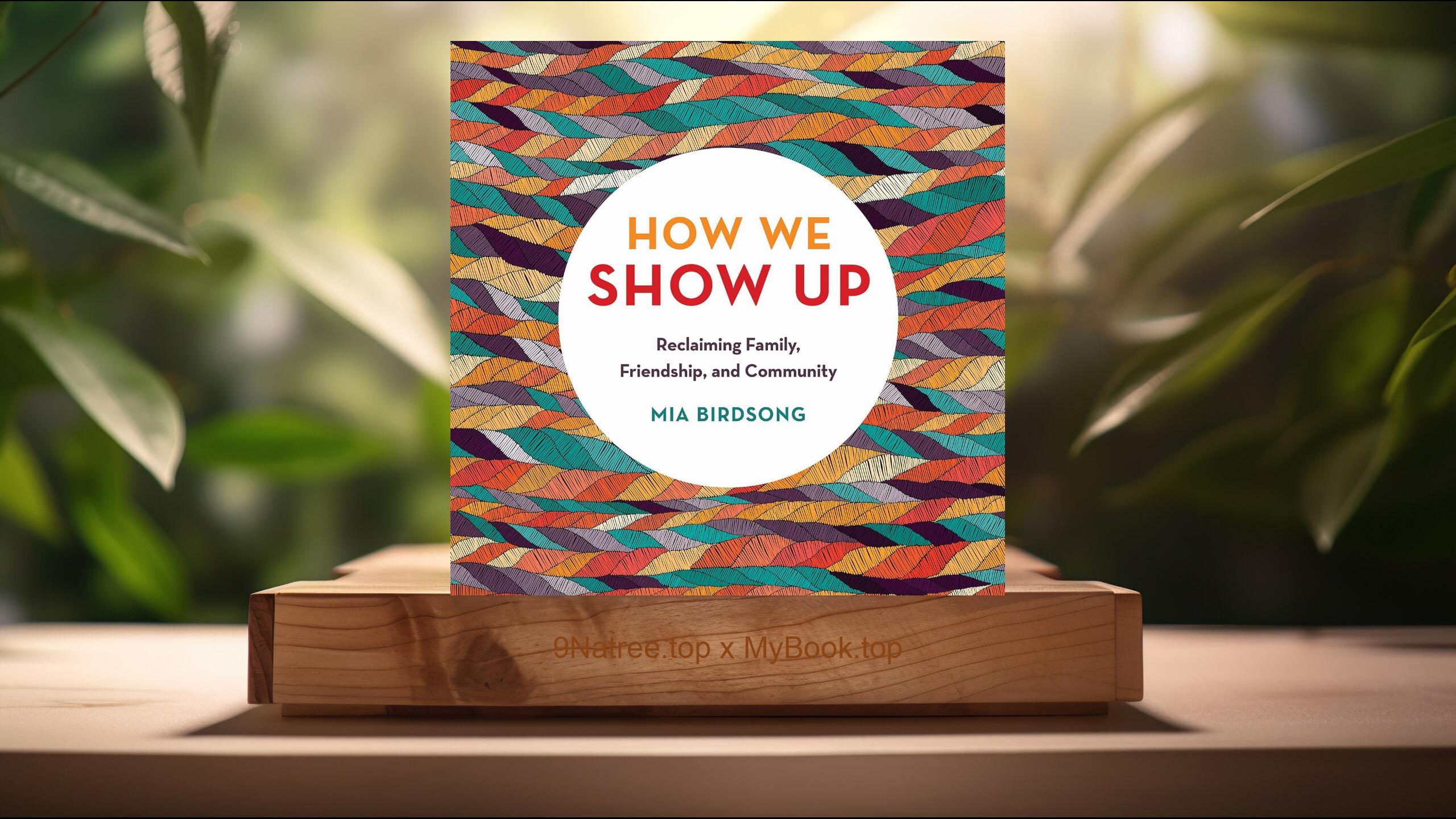Show Notes
- Amazon USA Store: https://www.amazon.com/dp/B08TLT4SS3?tag=9natree-20
- Amazon Worldwide Store: https://global.buys.trade/The-Dressmakers-of-Auschwitz-Lucy-Adlington.html
- eBay: https://www.ebay.com/sch/i.html?_nkw=The+Dressmakers+of+Auschwitz+Lucy+Adlington+&mkcid=1&mkrid=711-53200-19255-0&siteid=0&campid=5339060787&customid=9natree&toolid=10001&mkevt=1
- Read more: https://mybook.top/read/B08TLT4SS3/
#Holocausthistory #Auschwitz #Womensresilience #Forcedlabor #FashionunderNazism #Survivortestimony #LucyAdlington #Sewingstudio #TheDressmakersofAuschwitz
These are takeaways from this book.
Firstly, The sewing studio and the economy of survival, At the heart of the narrative is the Obere Schneiderei, an elite sewing studio operating within the Auschwitz complex. Established to serve SS wives and female personnel, the workshop created tailored suits, dresses, and children’s clothing using plundered fabrics. Work inside meant marginally better rations, shelter from the cold, and a reprieve from the lethal rhythms of outdoor labor. Yet protection was precarious. A miscut seam, an SS customer’s whim, or a bureaucratic reshuffle could send a worker back to the killing system. Adlington shows how the studio sat within a camp wide economy that converted every resource into power: cloth scraps, thread, measurements, and time became currency. The dressmakers navigated barter networks, traded skills for favors, and learned which small acts might safeguard a life. The workshop illuminates the contradictions of a regime that staged domestic refinement while running an industrial program of mass murder, and the book treats this contradiction not as spectacle but as a key to understanding complicity and survival.
Secondly, Skill, selection, and the razor thin margin of fate, Adlington traces how women were selected for the studio, revealing the brutal calculus of camp labor allocation. Some had formal training from prewar apprenticeships or family businesses. Others asserted ability and learned at speed, knowing that a convincing stitch could mean the difference between life and death. The author details the intake interviews, the role of kapos and clerks, and the unstable mix of talent and luck that governed assignments. Within the studio, mastery of pattern cutting, fitting, and finishing distinguished the safer tasks from the riskiest ones. Mistakes could be fatal, excellence could attract protection, and both outcomes were mediated by mood and hierarchy. The narrative highlights how gendered skills, often undervalued in peacetime, became vital assets under extreme oppression. It also shows the psychological toll of performing care and service for the very agents of persecution. Skill was never a guarantee, but it opened a sliver of possibility that the women seized and maintained through grueling discipline.
Thirdly, Fashion, power, and moral dislocation, The studio exposes the entanglement of fashion with status and violence. SS wives sought elegance that affirmed rank and ideology, commissioning garments from looted textiles sourced through the camp warehouses known by prisoners as Kanada. Fittings took place near barracks, a surreal theater in which manicured tastes met the reality of starvation and coercion. Adlington parses this dissonance without sensationalism, showing how consumption, plunder, and bureaucracy aligned. Fashion, often imagined as frivolous, is reframed as a system of power that marked bodies, enforced hierarchies, and normalized theft. The author situates these practices within broader Nazi ideas about womanhood and domestic order, revealing how beauty routines and tailoring could function as propaganda and reward. For the dressmakers, this world demanded constant calibration of speech, posture, and politeness to avoid punishment. The chapter deepens our understanding of complicity by focusing on the everyday, where choices about hems, linings, and buttons took place in the long shadow of the crematoria.
Fourthly, Solidarity, small resistances, and ethical strain, Beyond craft, the book chronicles networks of mutual aid that sustained the dressmakers. Women shared food, offered instruction, and spread warnings about inspections or lists. A misplaced scrap could be redirected to patch a friend’s garment; a measurement could be slowed to buy time; a needle could be smuggled to repair shoes that preserved a life on a winter march. These acts did not overturn the system, but they saved strength, protected dignity, and affirmed humanity. Adlington treats such gestures as forms of moral courage shaped by lethal constraints. She also acknowledges tensions: favoritism, fear of denunciation, and impossible choices created fractures among prisoners. The studio was not a sanctuary; it was a workplace carved out within a death world. By documenting both care and conflict, the book resists simple heroization and instead shows how fragile solidarities persisted. This attention to nuance honors survivor testimony and clarifies how people navigated ethics when every decision carried risk.
Lastly, Aftermath, testimony, and the work of repair, Adlington follows the women beyond the workshop to evacuations, death marches, and the uncertain landscape of liberation. Survival did not end trauma. Postwar years brought health crises, migration, and the challenge of making new lives while grieving murdered families. The author relies on oral histories, letters, and archives to recover names, relationships, and the material traces of garments long since lost. She distinguishes between firm documentation and plausible inference, modeling responsible historical method. The book also explores memory’s texture: how survivors narrated skill and luck, how silence protected pain, and how later recognition could both comfort and unsettle. By stitching together many voices, Adlington restores agency to people who were reduced to numbers, and she situates their artistry within cultural history rather than only camp history. The result is not closure but a form of repair, inviting readers to carry forward the women’s knowledge, to question what labor means under coercion, and to guard against the normalization of dehumanization.
![[Review] The Dressmakers of Auschwitz (Lucy Adlington) Summarized](https://episodes.castos.com/660078c6833215-59505987/images/2210652/c1a-085k3-5zd0qxn2f726-ujp92x.jpg)




